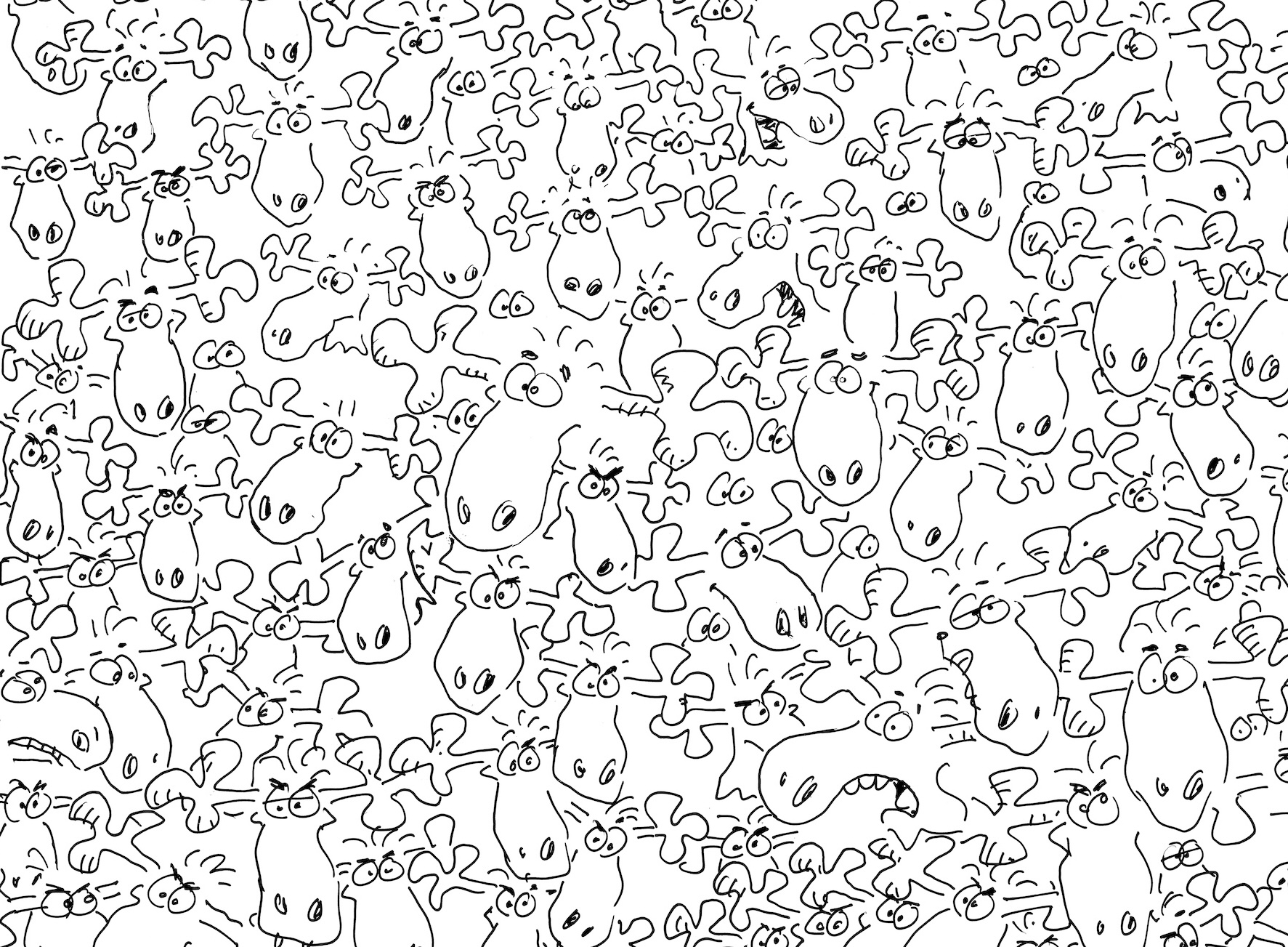I’ve not reviewed many of DC’s “Elseworlds” projects– which is what DARK KNIGHTS OF STEEL is, even though it does not use that tag– because they tend to be no more than gaming-scenarios, where the creators move various characters into new positions for nothing but novelty’s sake. An example of such an aesthetically nugatory work was 2015’s BATMAN: THE DOOM THAT CAME TO GOTHAM.
An awful lot of STEEL consists of just the usual aimless moving of franchise chess-pieces around for little effect, so in one sense there’s not much that’s special about this effort by writer Tom Taylor and artist Yasmine Putri (assisted by various artists drawing in her style).
The basic concept: Krypton still explodes, but this time Jor-El and his still pregnant wife Lara escape their doomed world and migrate to a “high-fantasy” version of DC-Earth. By “high fantasy” in this context, I mean that there’s no necessary connection with anything in real-world history or with anything in regular DC-Earth, which theoretically is “our” Earth with superheroes and magical critters. The STEEL world is made up of assorted faux-medieval kingdoms inhabited by rough facsimiles of DC characters, and although magic is a regular presence, science is just barely getting started.
Through assorted contrivances Jor-El and Lara ascend to the monarchy of one land after the deaths of the previous rulers, Thomas and Martha Wayne. In addition to Lara birthing Kal-El, she also births “Zala Jor-El,” a.k.a. Supergirl, who seems to have been partly named for her “real” DC-Universe father “Zor-El.” And then there’s Bruce, who goes around in a Bat-helmet and is one of the few double-identity characters called by his superhero name. He’s called a “bastard” in the genealogical sense, for reasons not revealed until halfway through the story, and the relationship of teenaged Bruce and teenaged Kal-El was the one or two elements that kept me curious about how the story would turn out.
The other thirty and forty characters are all spawned on the high-fantasy Earth and range from close approximations to the originals (John Constantine, “court jester” Harley Quinn, Princess Diana, Jefferson Pierce) to ‘”in-name only” congeners (The Metal Men, a bunch of knights who use the names of metals). We get two lesbian relationships, one more or less canonical (Harley and Poison Ivy) and one out of the blue (Diana and Zala), but they don’t consume a lot of space. John Constantine gets the second longest arc, as he’s responsible for a doomsday prophecy that seems to condemn the El Family. The prophecy appears to come true in such a way that three major kingdoms go to war, but Constantine eventually discovers that the menace behind the conflict is tied to a different flavor of DC-alien. I confess Taylor surprised me with his subterfuge here.

I said that the witty, lively relationship between Kal-El and Bruce was one of the things I esteemed about STEEL. The other is Putri’s art. In a period when an awful lot of comic-book art is banal and ugly, Putri’s designs possess a grandiose quality that reminds me of the strong fantasy-work of stellar figures like Richard Corben and Craig Russell, just to name two. Even when Taylor’s just giving readers a jejune rehash of “How Oliver Met Dinah,” Putri’s art has an elevating quality foreign to most 21st-century comics art.
I can see myself coming back to enjoy STEEL years from now, just to see how Putri gave the various DC heroes a “Brothers Hildebrandt” treatment. The hardcover edition of the full 12-issue limited series is available for pre-order now.
*****























 English (US) ·
English (US) ·